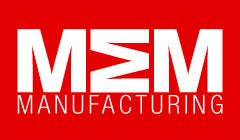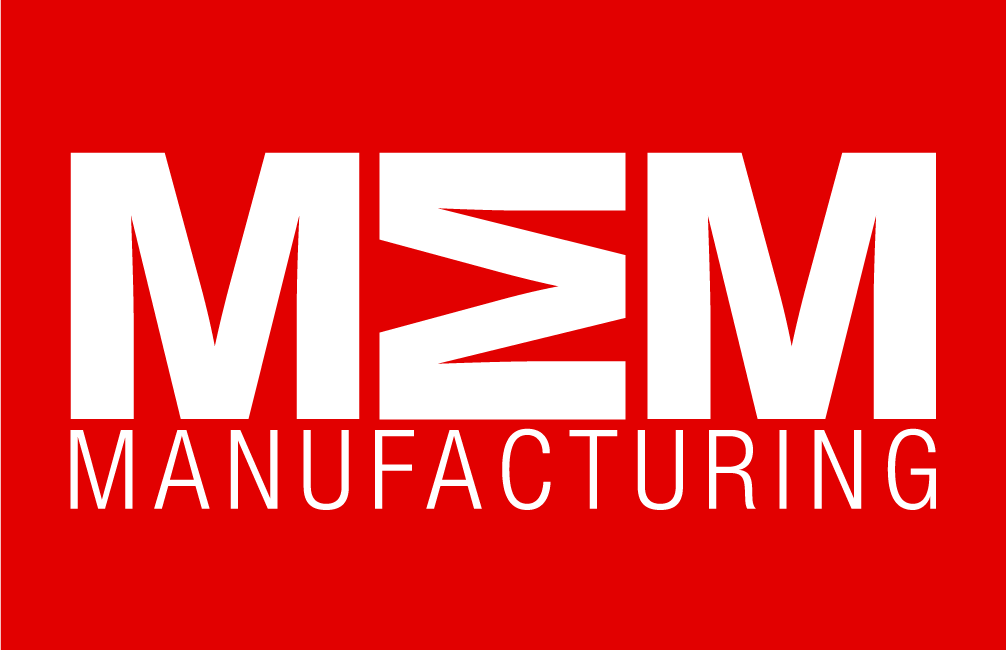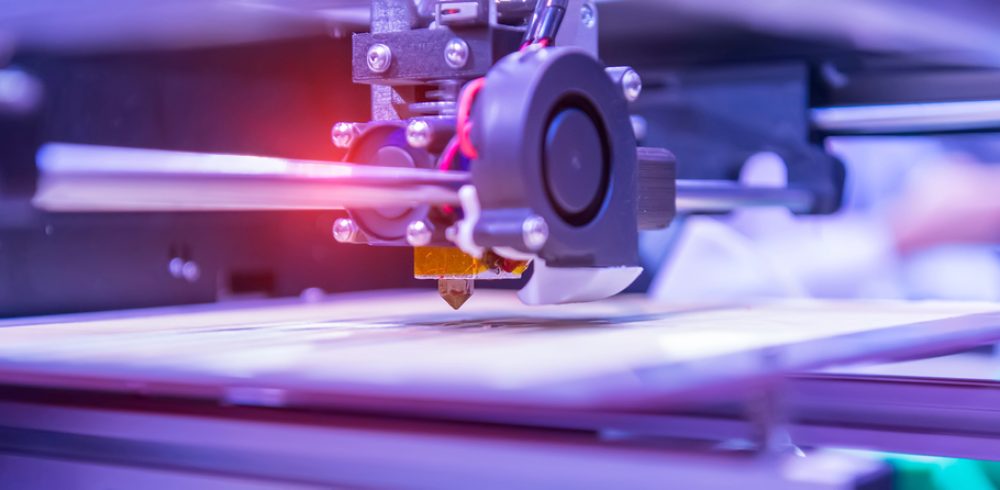4D printing on the micron scale : Projection microsterolithography uses light to print three dimensional structures which can ‘remember’ their original shapes.
Despite bending, stretching and twisting these structures almost beyond recognition, the shapes’ which so far include coils, flowers, and even an inch-high Eiffel tower’ spring back to their original forms within seconds of being heated to a specific sweet spot temperature.
With some structures, researchers have been able to print features as small as the diameter of a human hair, micron-scale dimensions which are as little as one tenth of the size which others have been able to achieve in the printable shape-memory materials field of research.
Nicholas X. Fang is the associate professor of mechanical engineering at MIT, and says that shape memory polymers which can predictably morph in response to temperature can be used in multiple applications.
“We ultimately want to use body temperature as a trigger,” he said. “If we can design these polymers properly, we may be able to form a drug delivery device that will only release medicine at the sign of a fever.”
Co-author Qi Kevin Ge says the process of 3-D printing shape-memory materials can also be thought of as 4-D printing, as the structures are designed to change over the fourth dimension’time.
“Our method not only enables 4-D printing at the micron-scale, but also suggests recipes to print shape-memory polymers that can be stretched 10 times larger than those printed by commercial 3-D printers,” he added. “This will advance 4-D printing into a wide variety of practical applications, including biomedical devices, deployable aerospace structures, and shape-changing photovoltaic solar cells.”
To demonstrate a simple application for the structures, the researchers printed a small rubbery ‘gripper’, shaped like a claw. They stretched the gripper’s claws open, then heated the air around it to 40 C, and the gripper closed around whatever was placed beneath it.
The grippers are a nice example of how manipulation can be done with soft materials,” Fang explained. “We showed that it is possible to pick up a small bolt, and also even fish eggs and soft tofu. That type of soft grip is probably very unique and beneficial.”
Manufacturing & Engineering Magazine | The Home of Manufacturing Industry News
















